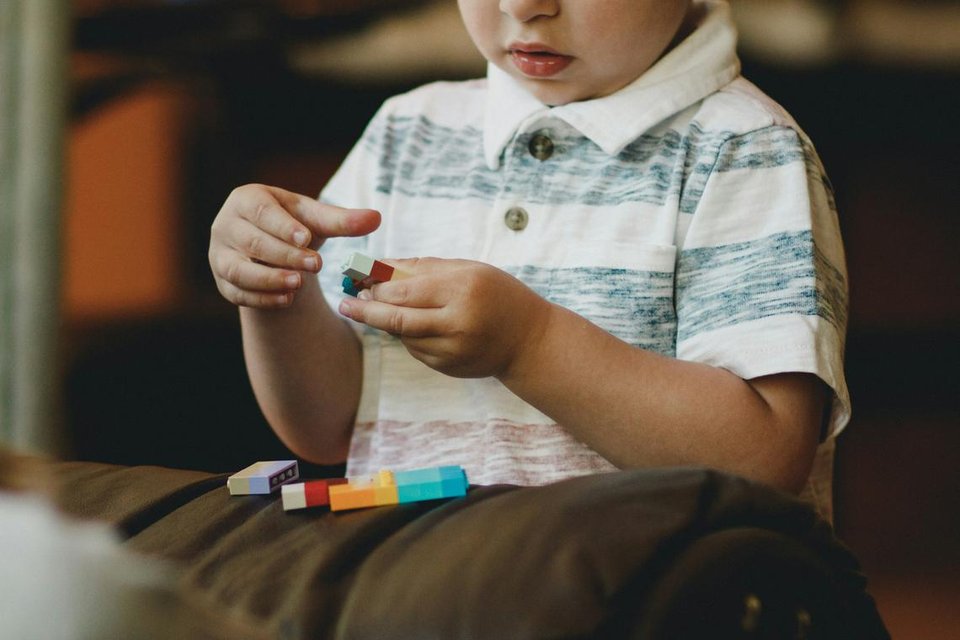The disclosure of four diverse sub-types of extreme introvertedness is a major step towards understanding the condition’s hereditary underpinnings and making strides in care, analysts detailed in Nature Genetics.
According to analysts, the four extreme introvertedness sub-types can be categorised as: Behavioral Challenges, Blended Extreme introvertedness Range Clutter with Formative Delay, Direct Challenges, and Broadly Affected.
Each subtype shows unmistakable formative, therapeutic, behavioral, and psychiatric characteristics, and imperatively, distinctive designs of hereditary variety, the analysts said.
The discoveries are drawn from a study of more than 5,000 children with extreme introvertedness, ages four to 18, and about 2,000 of their non-autistic siblings.
The ponder looked for about 240 characteristics in each person, from social intuitive to monotonous practices to formative milestones.
While the four sub-types may share a few characteristics – like formative delays and mental inability – the hereditary contrasts propose unmistakable instruments are behind what show up on the surface to be comparable characteristics.
The timing of hereditary disturbances and the impacts on brain development contrast with each subtype, analysts found.
As a result, a few of the hereditary effects of extreme introvertedness may occur sometime recently birth, whereas other impacts may develop as children develop, according to the study.
“What we’re seeing is not a fair one natural story of extreme introvertedness, but numerous unmistakable narratives,” think about co-leader Natalie Sauerwald of the Flatiron Organized in Modern York said in a statement.
This makes a difference in clarifying why past hereditary thinks about (of extreme introvertedness patients) regularly fall short,” she said. “It was like attempting to unravel a jigsaw astound without figuring it out; we were looking at different, distinctive astounds blended. We couldn’t see the full picture, the hereditary designs, until we began to begin with isolate people into sub-types.” REUTERS




